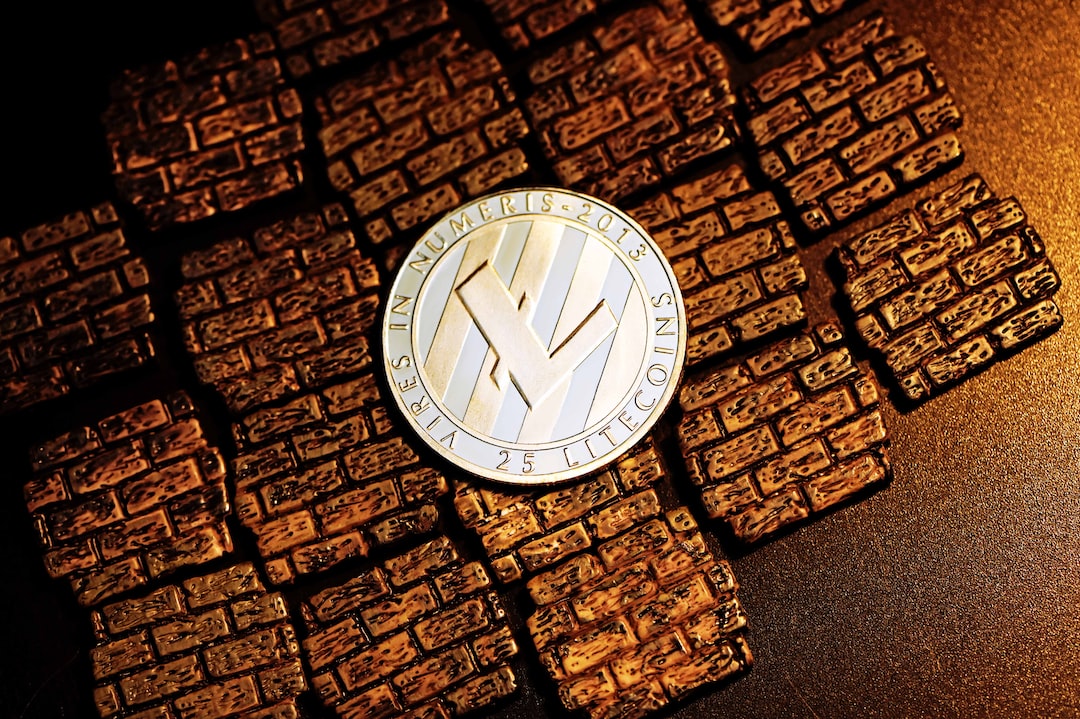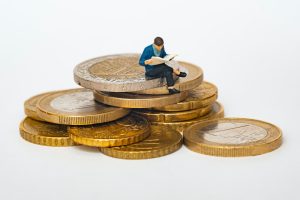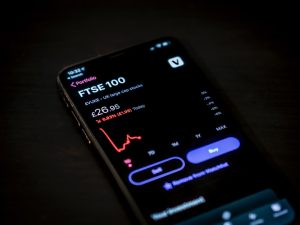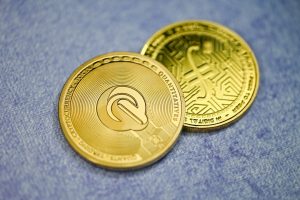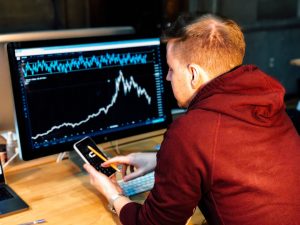The foreign exchange market, commonly known as Forex, is the largest financial market in the world. It is where different currencies are traded against each other. The market operates 24 hours a day, five days a week, and has a daily trading volume of over $5 trillion. Forex allows individuals and institutions to buy and sell currencies for various purposes, including commerce, tourism, and investment.
Forex is a decentralized market, which means that it is not controlled by a single entity. Instead, it is composed of a network of financial institutions, including banks, brokers, and dealers, that trade currencies electronically. The market is open to anyone who wants to trade, whether they are individuals, corporations, or governments.
The foundation of Forex trading is the exchange rate, which is the value of one currency in relation to another. Exchange rates are determined by supply and demand forces, which are influenced by various economic and geopolitical factors. For instance, if a country’s economy is performing well, its currency is likely to appreciate, while a weak economy may lead to a depreciation of the currency.
Forex trading involves buying one currency while simultaneously selling another. Traders make profits by speculating on the direction of exchange rates. For instance, if a trader believes that the euro will appreciate against the US dollar, they would buy euros and sell dollars, hoping to profit from the price difference.
Forex trading can be done through various means, including spot forex, futures, options, and exchange-traded funds (ETFs). Spot forex is the most common way of trading, where traders buy and sell currencies at the current market price. Futures and options involve trading contracts that specify the price and delivery date of a currency. ETFs allow traders to invest in a basket of currencies, rather than trading individual currencies.
Forex trading requires a solid understanding of the market and its underlying factors. Traders need to be familiar with economic indicators, such as inflation, interest rates, and gross domestic product (GDP), as well as geopolitical events, such as wars and elections, that can affect exchange rates. Technical analysis, which involves using charts and indicators to identify trading opportunities, is also an important aspect of Forex trading.
Forex trading also comes with risks. The market is highly volatile, and exchange rates can fluctuate rapidly, leading to significant losses. Traders need to manage their risks by setting stop-loss orders and using risk management strategies, such as diversification and position sizing.
In conclusion, Forex is a vast and complex market that allows traders to buy and sell currencies for various purposes. The market is open to anyone who wants to trade, but it requires a solid understanding of economic and geopolitical factors, as well as technical analysis. Forex trading comes with risks, and traders need to manage their risks by setting stop-loss orders and using risk management strategies.

